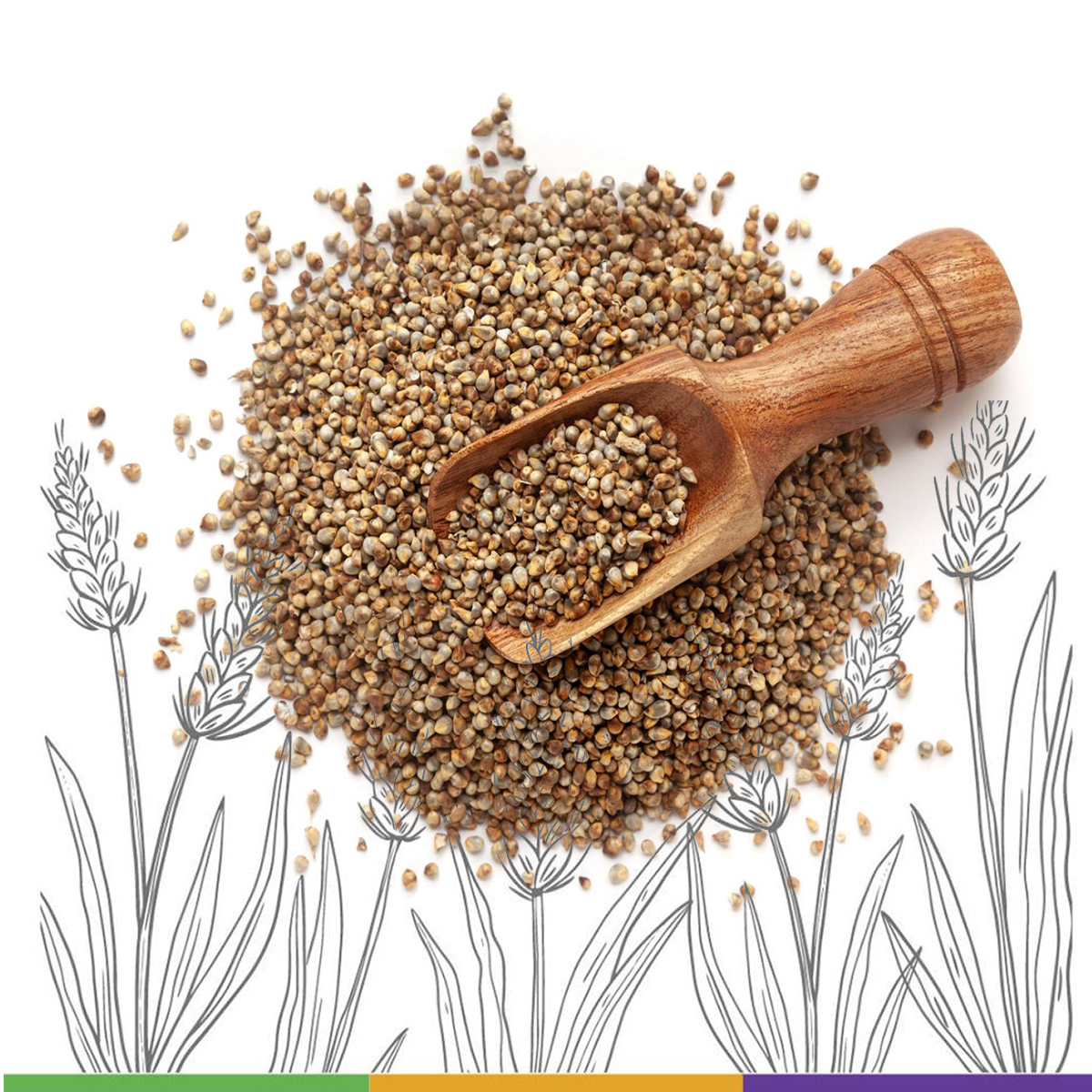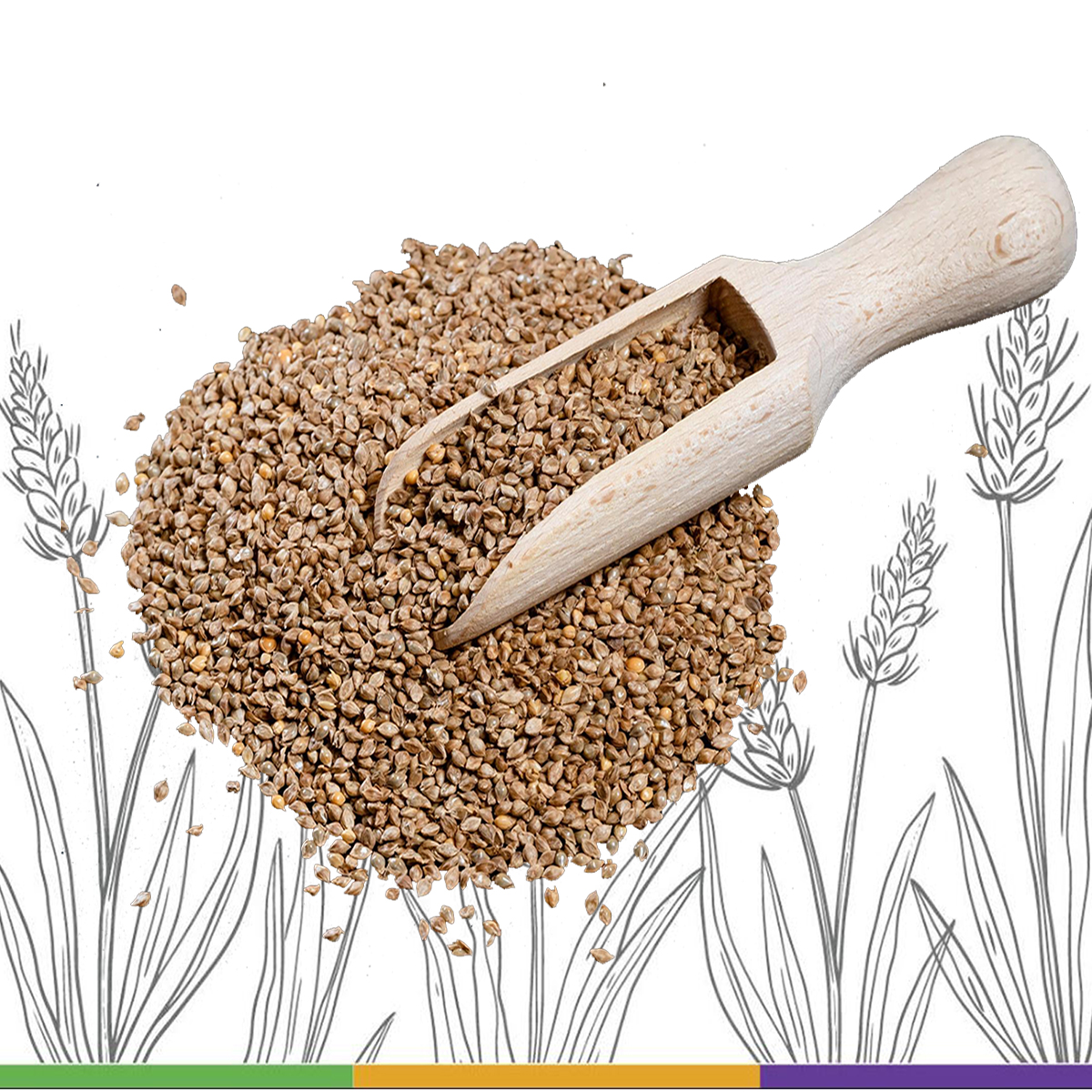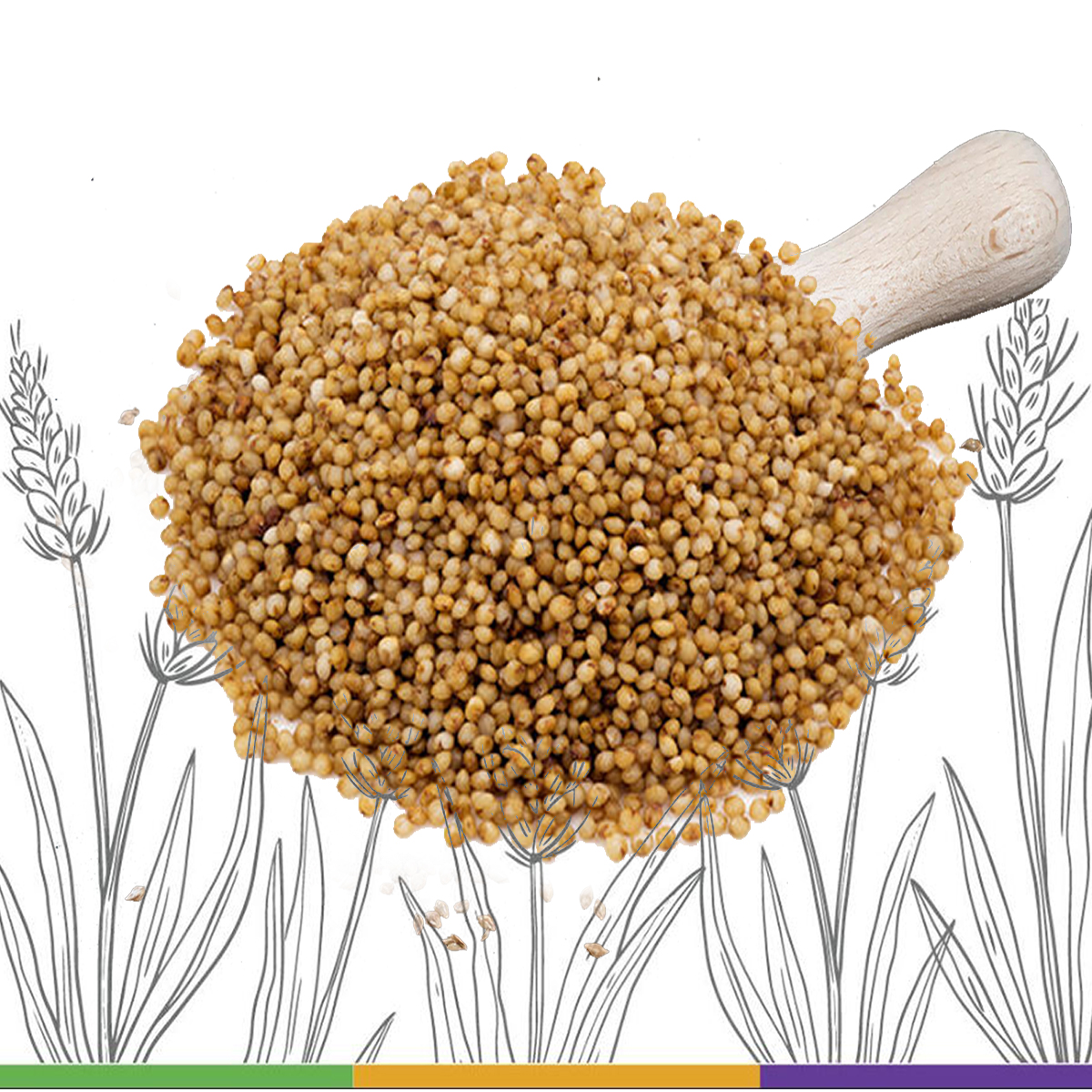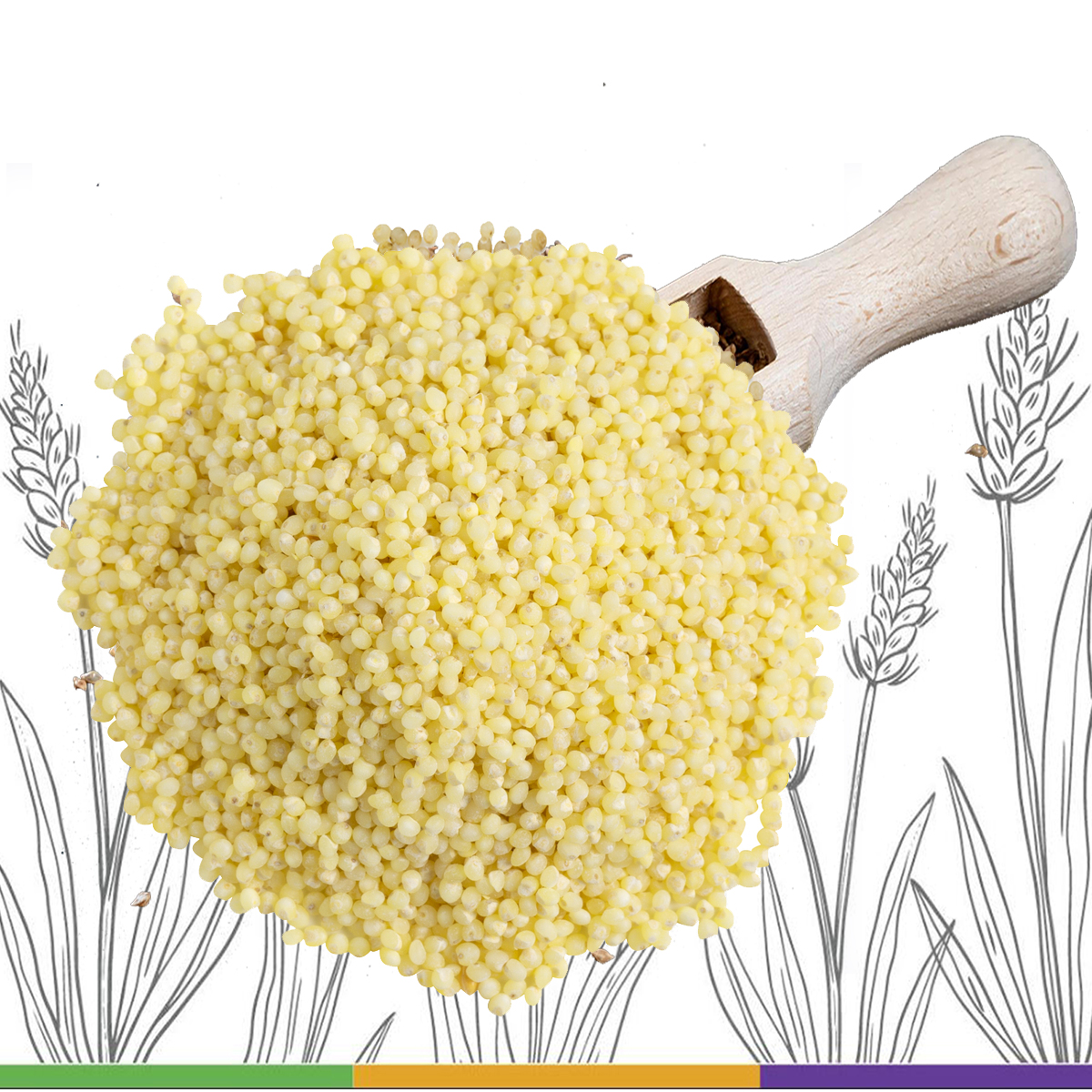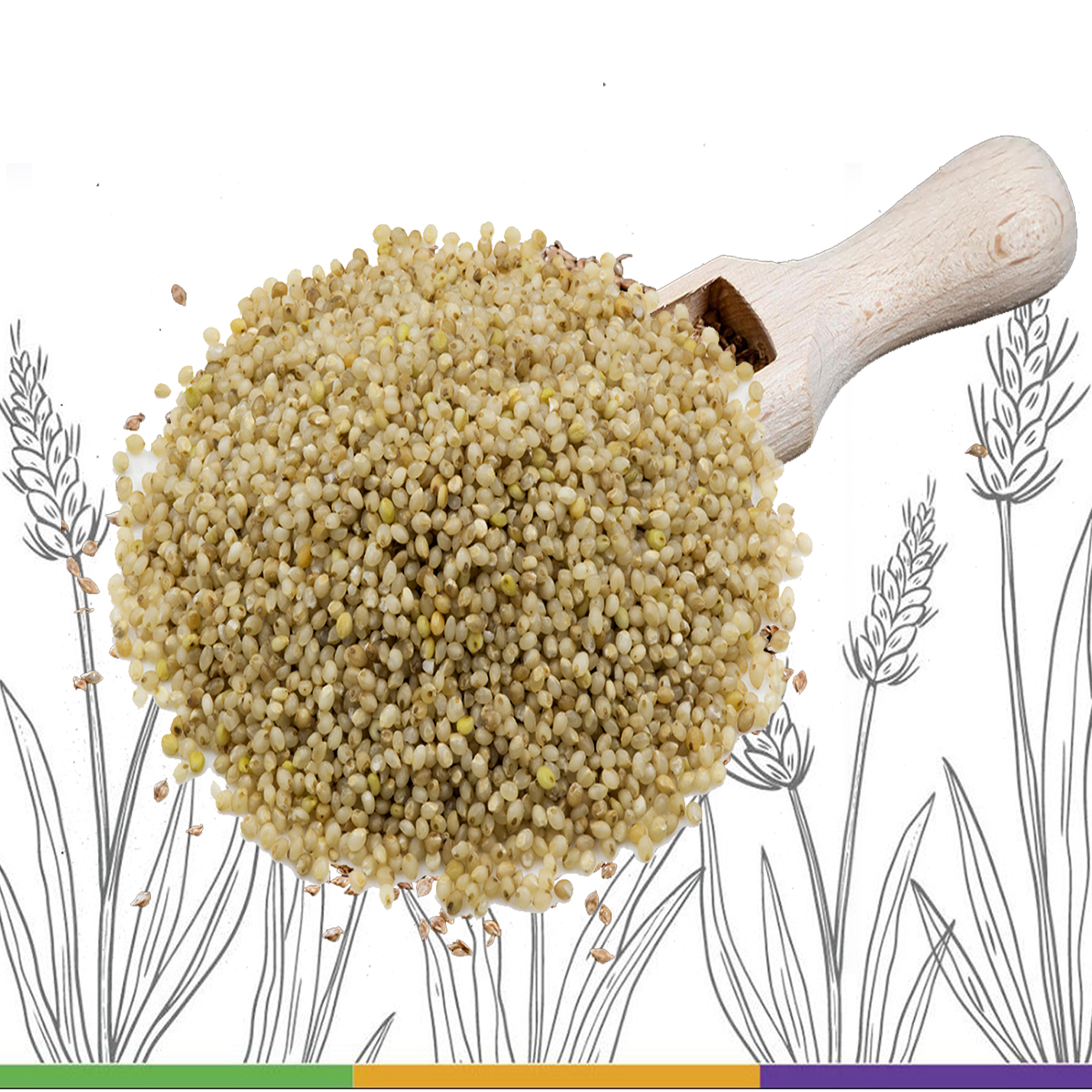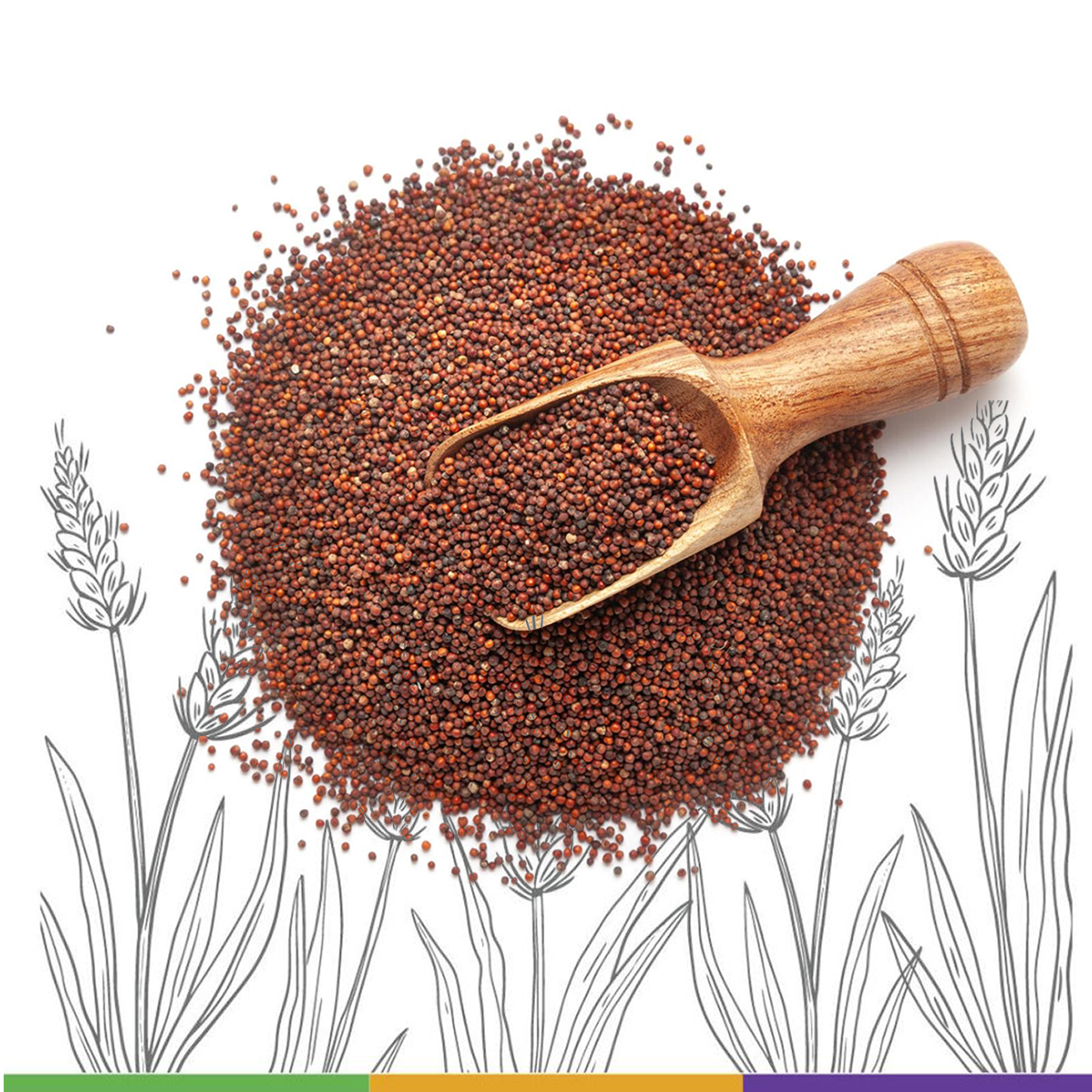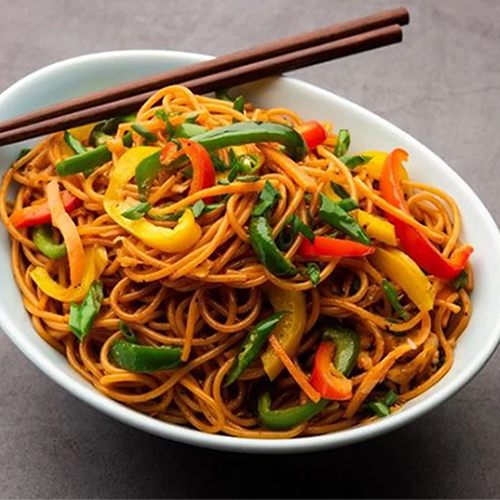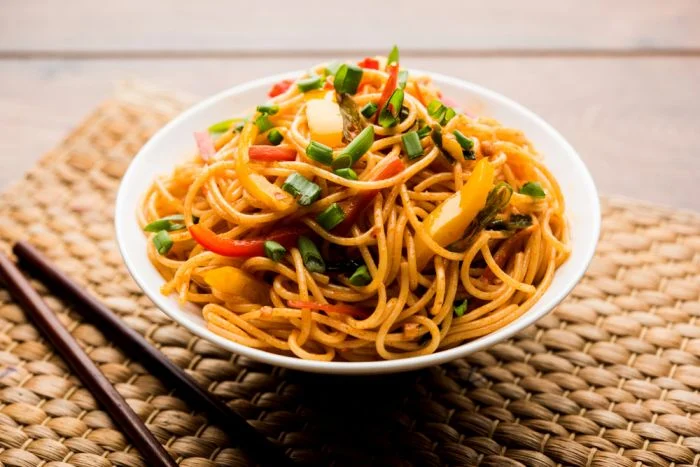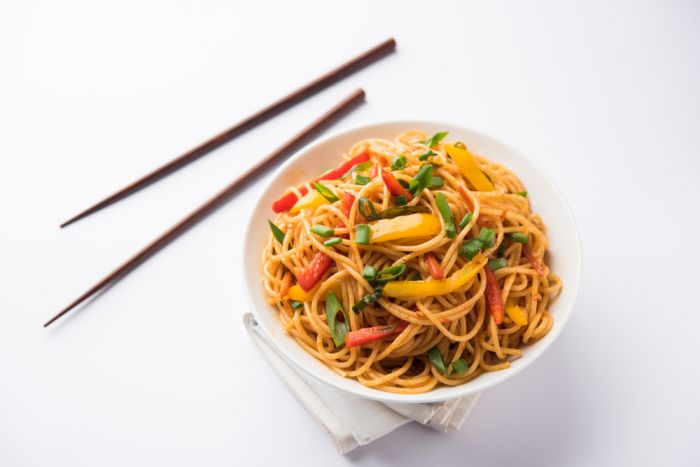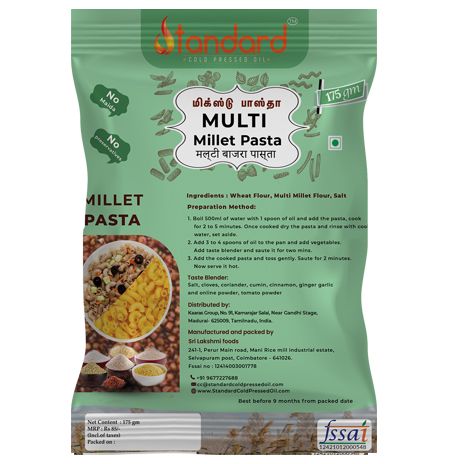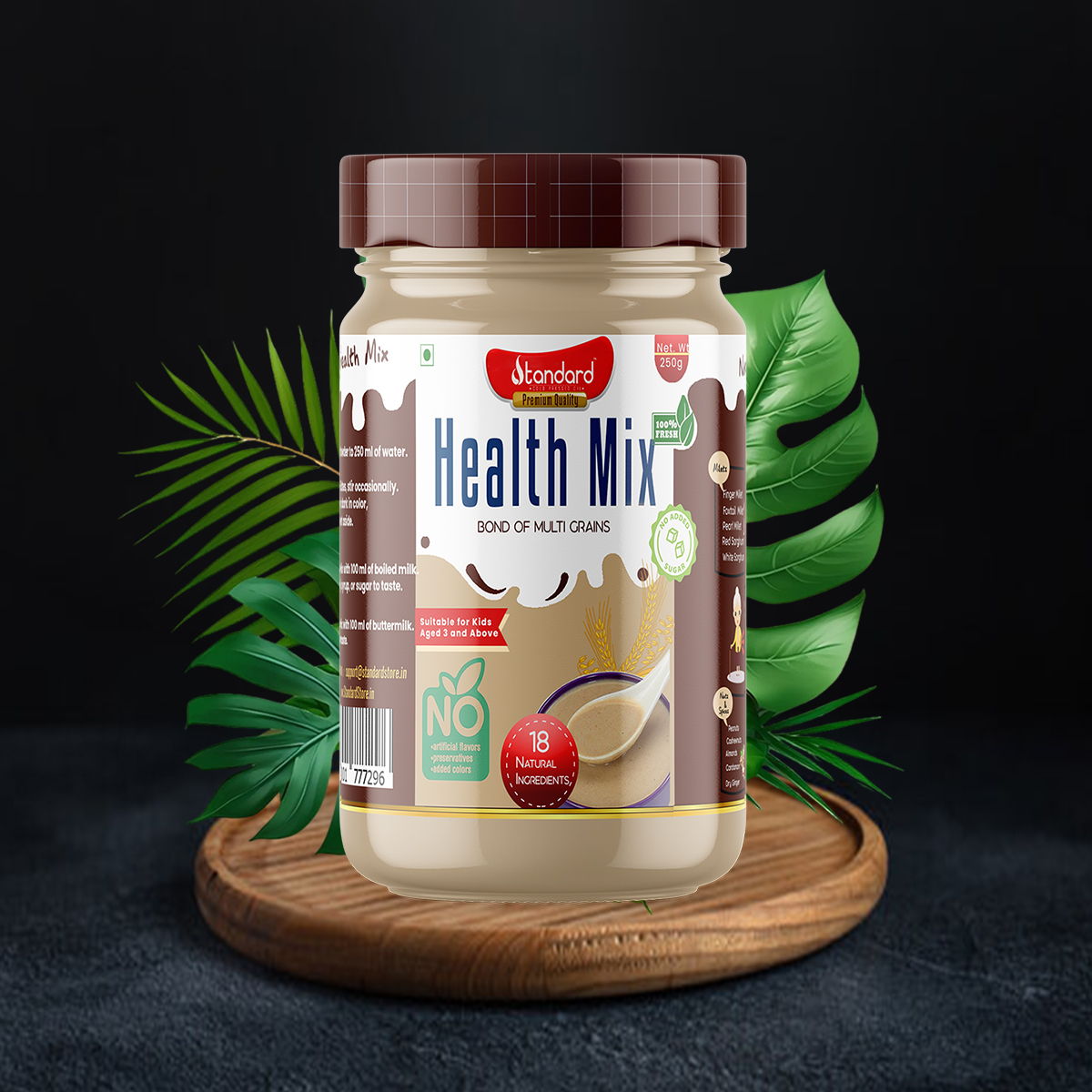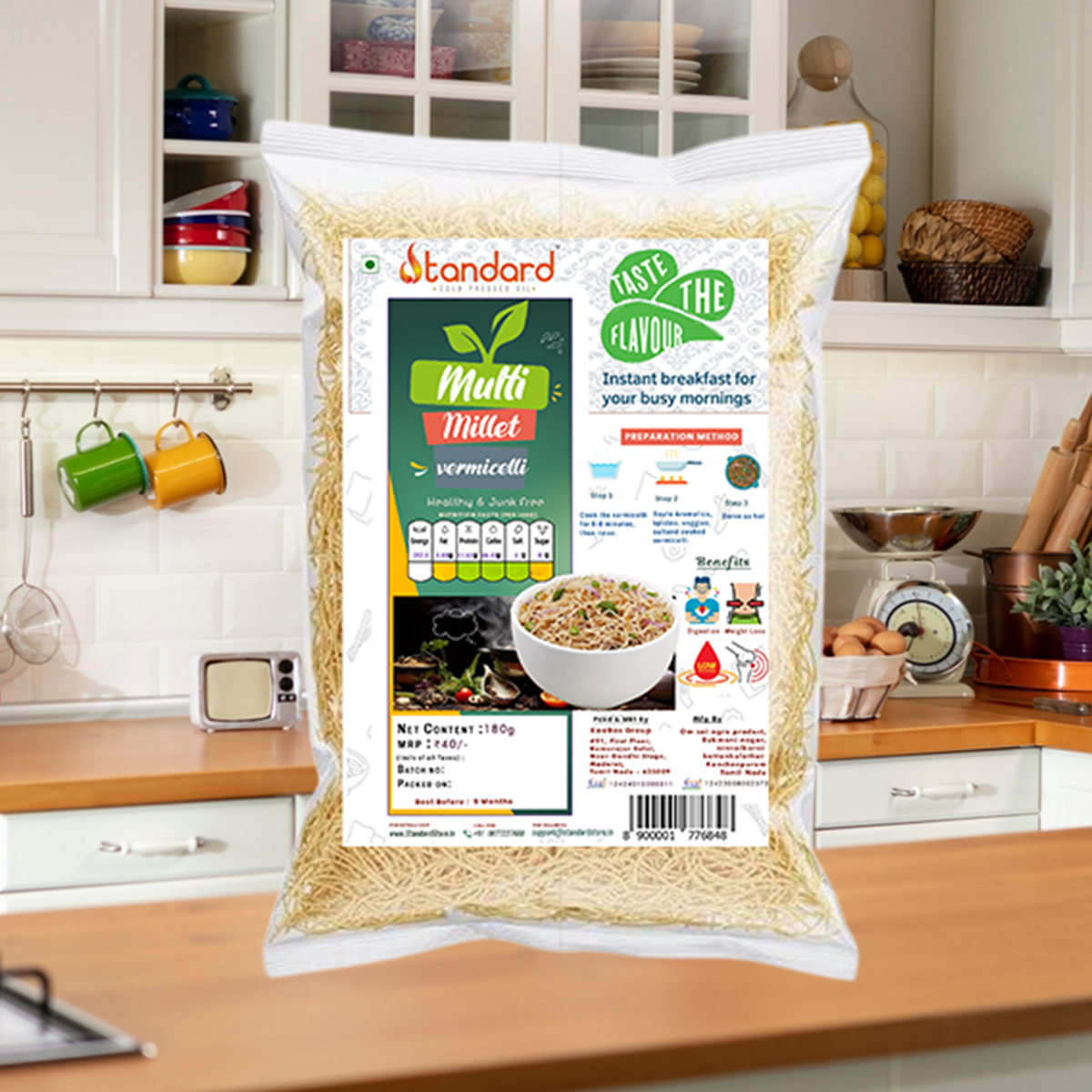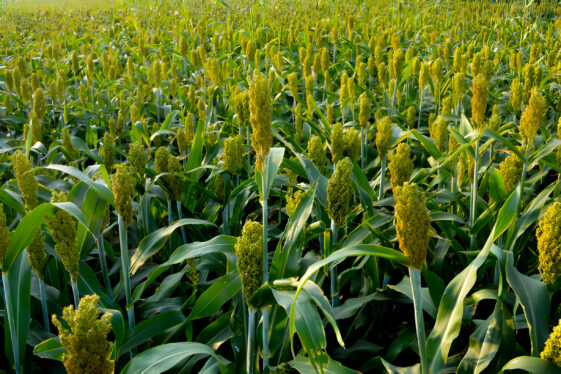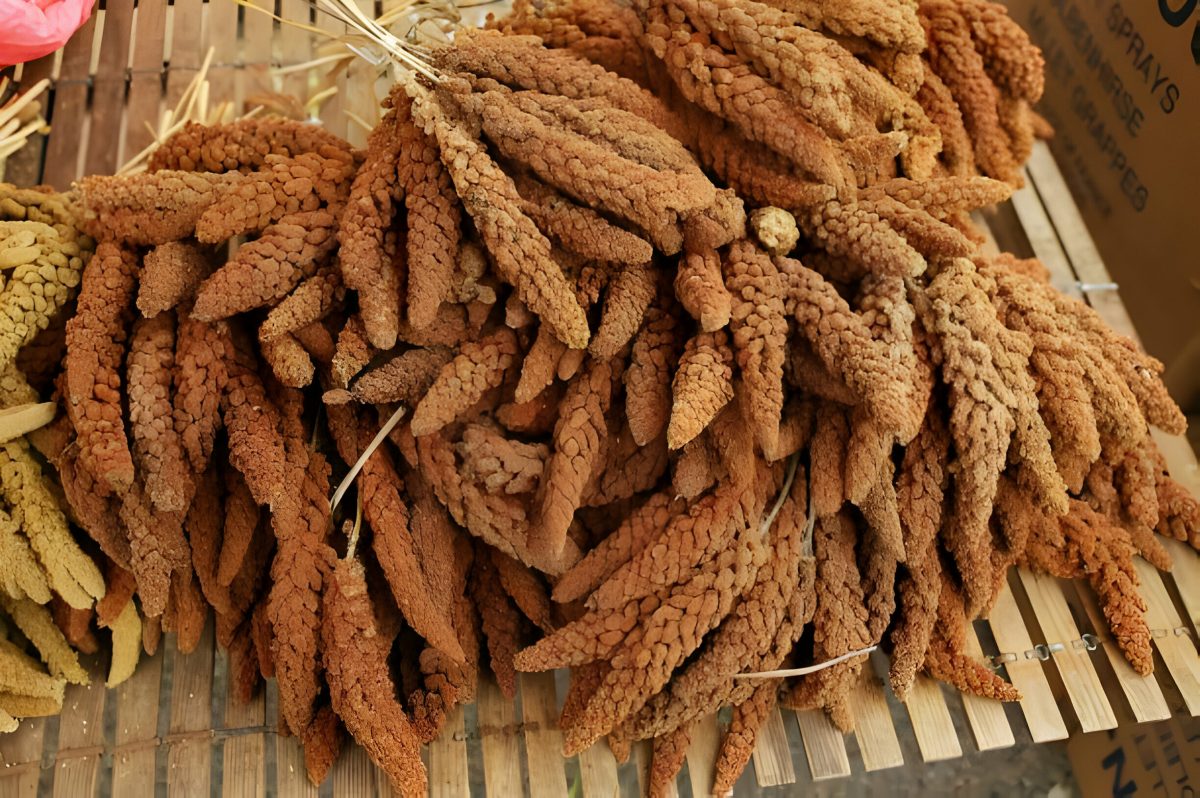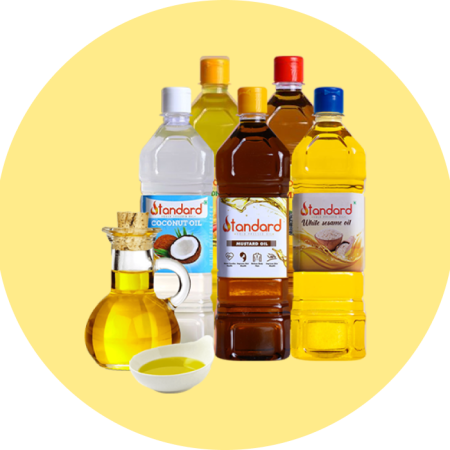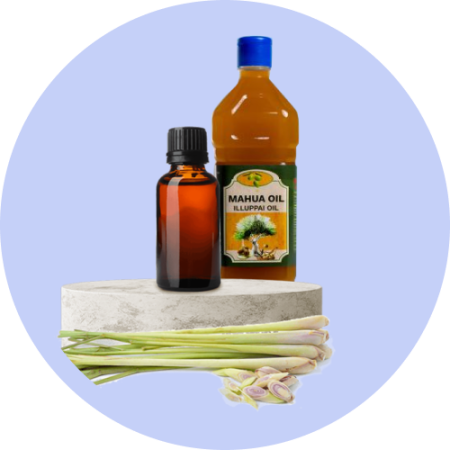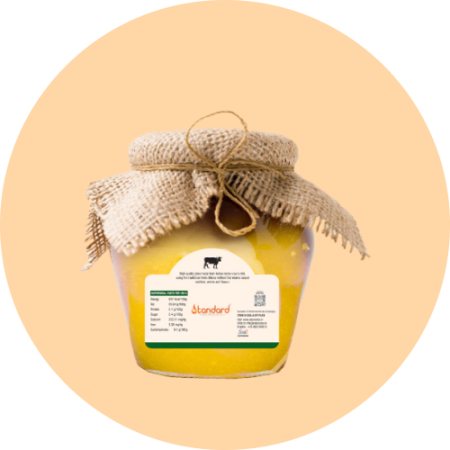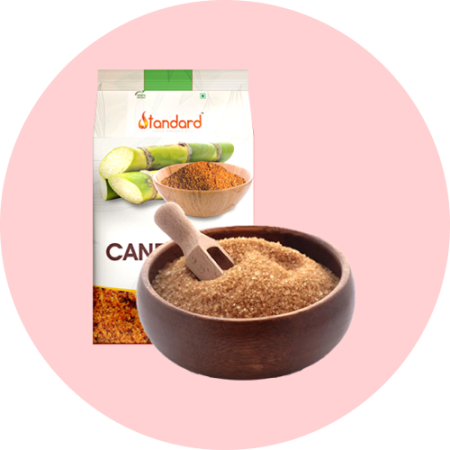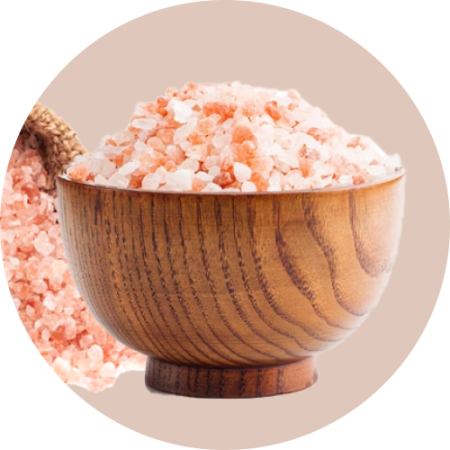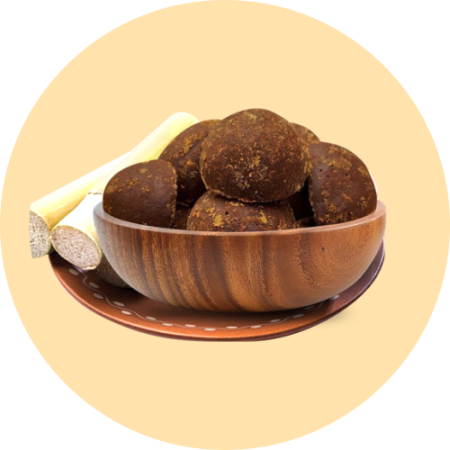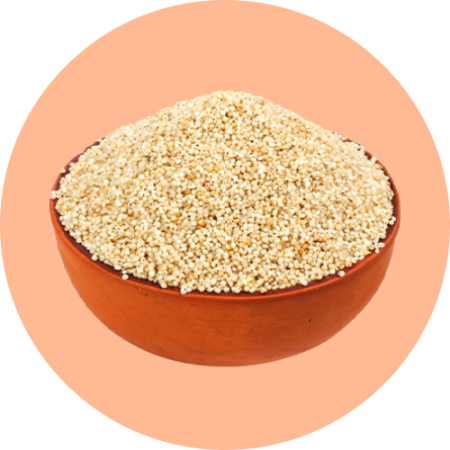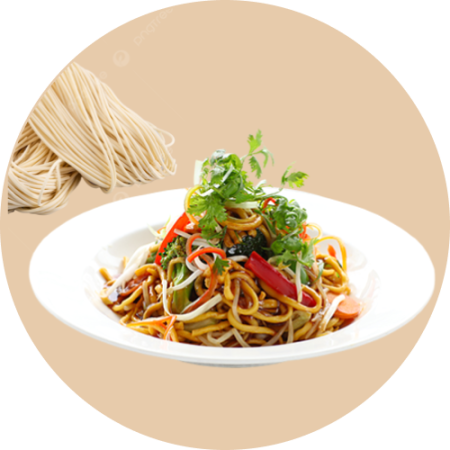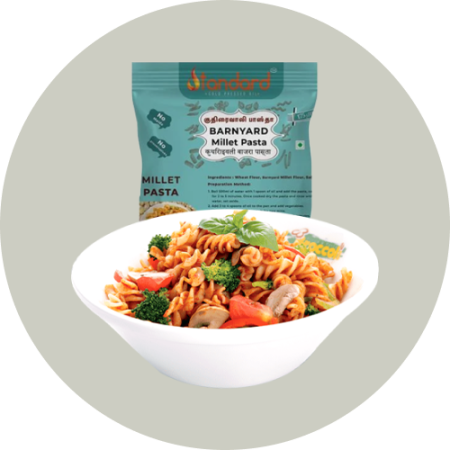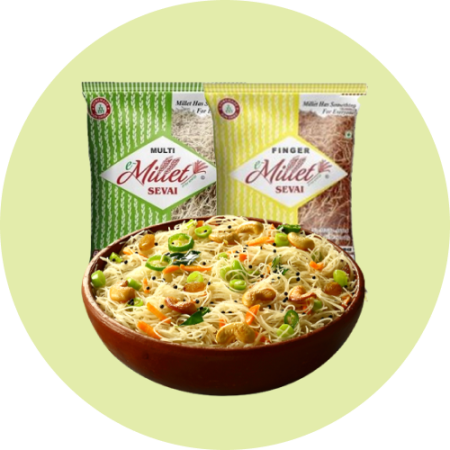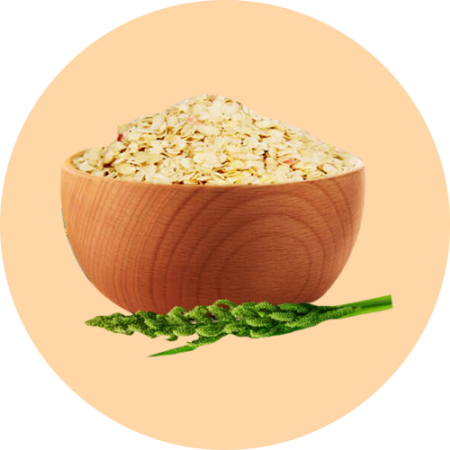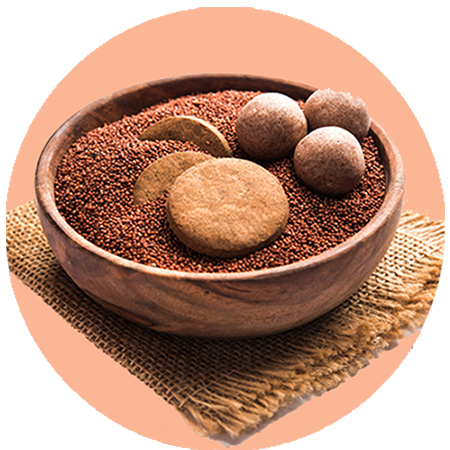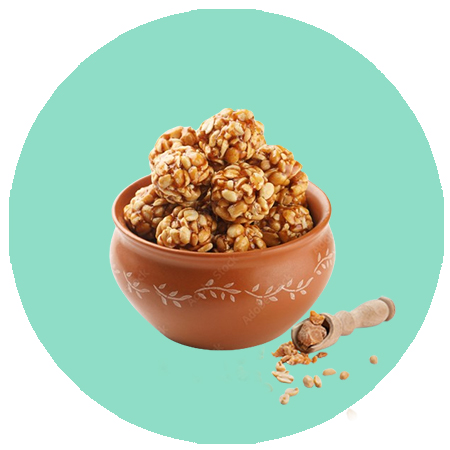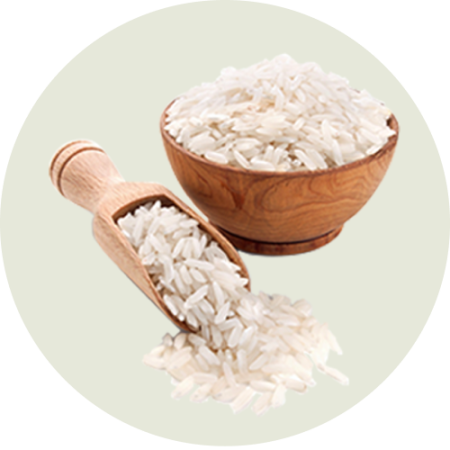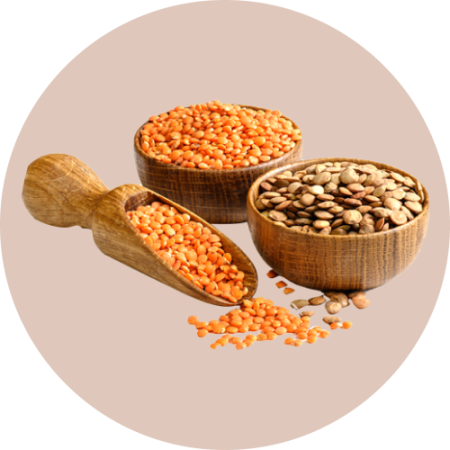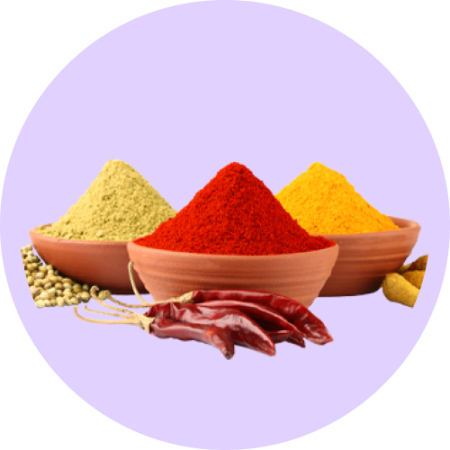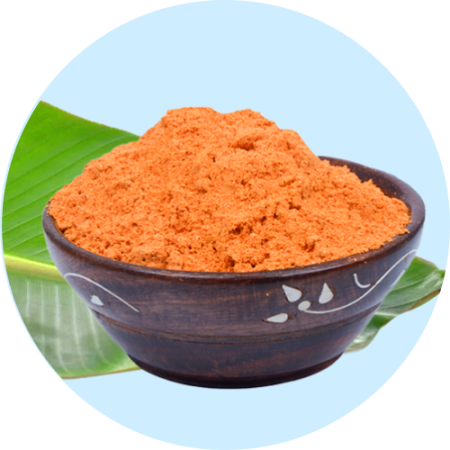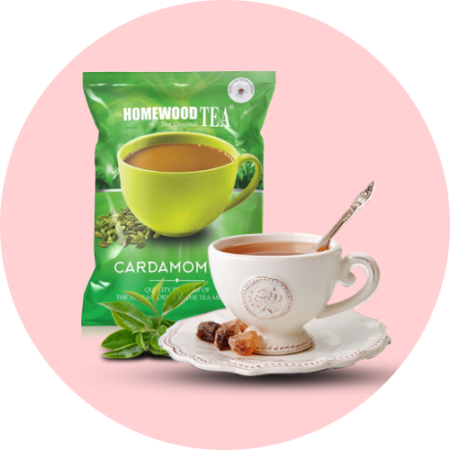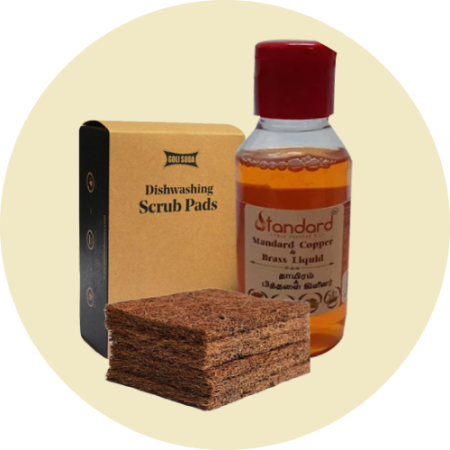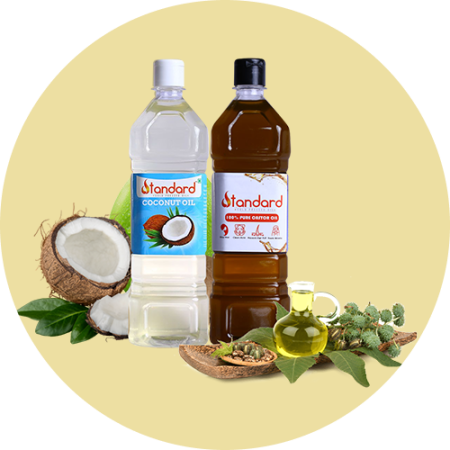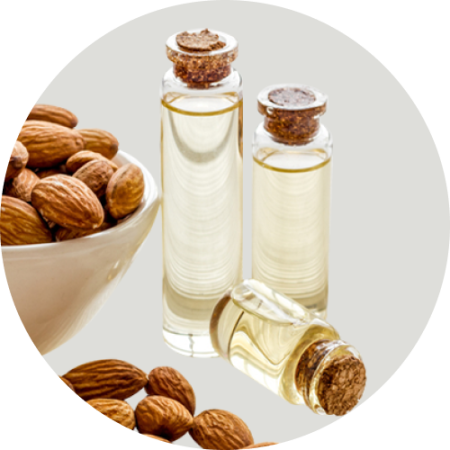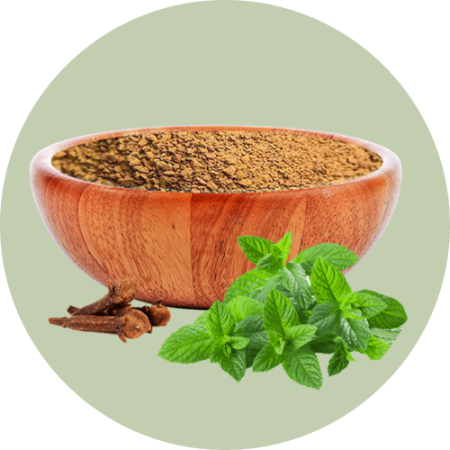Thinai (தினை) - Foxtail Millet
Explore Thinai based products Biscuit, Noodles, Pasta & more
Thinai (தினை), also known as Foxtail Millet or Italian Millet, is a type of small-grained cereal crop that belongs to the grass family. It has been cultivated for thousands of years and is primarily grown in parts of Asia, particularly in India and China.
-
Kambu / Pearl Millet / Bajra / Sajje / Sajja / Kambam (Unpolished)
₹104 – ₹960This product has multiple variants. The options may be chosen on the product page1 review -
Kuthiravali / Barnyard Millet / Sanwa / Jhangora / Oodalu / Udalu / Kodisama / Kavadapullu (Unpolished)
₹86 – ₹780This product has multiple variants. The options may be chosen on the product page6 reviews -
Varagu / Kodo Millet / Kodra / Harka / Arikelu / Koovaragu (Unpolished)
₹76 – ₹680This product has multiple variants. The options may be chosen on the product page7 reviews -
Foxtail Millet / Thinai / Kangni / Kakum / Navane / Korra / Thina (Unpolished)
₹76 – ₹680This product has multiple variants. The options may be chosen on the product page9 reviews -
Samai / Little Millet / Kutki / Saame / Sava Rice / Samalu / Chama (Unpolished)
₹76 – ₹680This product has multiple variants. The options may be chosen on the product page10 reviews -
Ragi / Finger Millet / Keppai / Kelvaragu (Unpolished)
₹64 – ₹560This product has multiple variants. The options may be chosen on the product page8 reviews -
Multi Millet Noodles
Weight : 175 g₹80Original price was: ₹80.₹60Current price is: ₹60.Save ₹20
(Incl. GST)
1 review -
Proso Millet Noodles
Weight : 175 g₹95Original price was: ₹95.₹60Current price is: ₹60.Save ₹35
(Incl. GST)
1 review -
Sorghum Millet Noodles
₹80Original price was: ₹80.₹60Current price is: ₹60.Save ₹20
(Incl. GST)
2 reviews -
Multi Millet Pasta
₹80Original price was: ₹80.₹62Current price is: ₹62.Save ₹18
(Incl. GST)
1 review -
Health Mix / Sathumaavu (250g)
₹120Original price was: ₹120.₹100Current price is: ₹100.Save ₹20
(Incl. GST)
3 reviews -
Multi Millet Vermicelli
Weight : 180 g₹60Original price was: ₹60.₹40Current price is: ₹40.Save ₹20
(Incl. GST)
2 reviews -
Millet Combo Pack: Barnyard Millet, Finger Millet & Foxtail Millet (500g each)
₹226Original price was: ₹226.₹214Current price is: ₹214.Save ₹12
(Incl. GST)
1 review -
Gluten-Free Millet Combo: Kuthiravali, Kambu, Ragi, Samai, Foxtail, Varagu (500g each)
₹482Original price was: ₹482.₹456Current price is: ₹456.Save ₹26
(Incl. GST)
1 review -
Diabetic-Friendly Millet Combo: Pearl Millet, Finger Millet & Kodo Millet (500g each)
₹244Original price was: ₹244.₹234Current price is: ₹234.Save ₹10
(Incl. GST)
1 review -
Indian Millet Combo: Barnyard Millet, Little Millet & Foxtail Millet (500g each)
₹238Original price was: ₹238.₹222Current price is: ₹222.Save ₹16
(Incl. GST)
1 review
The Tiny Powerhouse with Foxy Tail
Thinai is characterized by its slender, elongated grains that resemble the tail of a fox, which is where it gets its name. The grains are small and yellowish in color, with a hard outer husk that needs to be removed before consumption.
This millet variety is highly nutritious and offers several health benefits. It is rich in dietary fiber, protein, and various essential minerals such as iron, magnesium, and phosphorus.
Boost Your Health with Thinai
Thinai is also gluten-free, making it a suitable grain alternative for individuals with gluten sensitivities or celiac disease.
In terms of culinary uses, Thinai can be cooked and consumed as a whole grain or ground into flour to make various dishes. It is commonly used in traditional South Indian cuisine
where it is used to prepare porridges, upmas (a savory dish), and dosas (a type of pancake). Thinai can also be used in baking, as a substitute for wheat flour in bread, cookies, and other baked goods.
Thinai Benefits
- Nutritional profile: Thinai is rich in essential nutrients such as dietary fiber, protein, vitamins (especially niacin, thiamin, and riboflavin), and minerals (iron, calcium, magnesium, and zinc). It is also gluten-free, making it a suitable alternative for people with gluten intolerance or celiac disease.
- Diabetes management: Thinai has a low glycemic index, which means it causes a slow and steady rise in blood sugar levels. This property makes it beneficial for individuals with diabetes or those looking to manage their blood sugar levels. Including Thinai in the diet can help prevent sudden spikes in blood sugar.
- Weight management: A rich source of dietary fiber, which provides a feeling of fullness and helps in weight management. The fiber content also aids in digestion, prevents constipation, and promotes bowel regularity
- Heart health: The presence of antioxidants, particularly polyphenols, in Thinai helps in reducing oxidative stress and inflammation, both of which are risk factors for cardiovascular diseases. Additionally, the high fiber content can help lower cholesterol levels, thereby reducing the risk of heart-related ailments.
- Bone health: Is a good source of calcium, magnesium, and phosphorus, all of which are essential for maintaining bone health and preventing conditions like osteoporosis.
- Energy booster: provides sustained energy due to its complex carbohydrate content. It is an excellent source of carbohydrates for athletes, fitness enthusiasts, and those engaged in physical activities.
- Gluten-free alternative: Is naturally gluten-free, making it a suitable grain for individuals with gluten sensitivities or celiac disease. It can be used as a substitute for wheat or other gluten-containing grains in various recipes.
- Easy to digest: Is easily digestible compared to some other grains, making it suitable for people with sensitive digestive systems.
- Versatility: Thinai can be incorporated into various dishes such as porridge, upma, pulao, dosa, idli, and even baked goods like cookies and bread. It adds a nutty flavor and unique texture to the dishes
Thinai is characterized by its slender, elongated grains that resemble the tail of a fox, which is where it gets its name. The grains are small and yellowish in color, with a hard outer husk that needs to be removed before consumption. Inside the husk, the grains are light in color and have a mild, nutty flavor.
This millet variety is highly nutritious and offers several health benefits. It is rich in dietary fiber, protein, and various essential minerals such as iron, magnesium, and phosphorus.
Thinai is also gluten-free, making it a suitable grain alternative for individuals with gluten sensitivities or celiac disease.
In terms of culinary uses, Thinai can be cooked and consumed as a whole grain or ground into flour to make various dishes. It is commonly used in traditional South Indian cuisine
where it is used to prepare porridges, upmas (a savory dish), and dosas (a type of pancake). Thinai can also be used in baking, as a substitute for wheat flour in bread, cookies, and other baked goods.




